Wildfire Mitigation Strategies
There are three main mitigation strategies to reduce structure loss in communities: home hardening, defensible space, and hazardous fuel reduction. At this time, we are providing assistance for hazardous fuel reduction, but in order to create truly fire-adapted communities it is important that all three strategies are implemented together.
Home Hardening involves changing housing materials, design, and maintenance in order to decrease the risk of homes burning in a wildland fire. Defensible Space includes treating and reducing the fuels in the immediate vicinity of your home to slow the speed and flame height of oncoming fire and reduces the possibility of your home catching fire. Defensible space also provides evacuation routes and a safer environment for firefighters to defend structures.
The focus of the Foundation’s projects is Hazardous Fuel Reduction. Hazardous fuels reduction aims to reduce the continuity of fuels outside the defensible space zone in order to prevent surface fires from becoming high intensity, high severity crown fires. It involves reducing ladder and surface fuels as well as tree crown density by spacing trees and shrubs vertically and horizontally. The longevity of these measures is improved by increasing the height of overstory trees and allowing larger, mature trees to dominate a greater proportion of sites, thereby shading out and controlling understory fuels.
The fuel treatments will be targeted to reduce fire intensity around communities. Strategically placed fuel treatments not only protect structures and evacuation routes, but also can protect the surrounding wildlands from human-caused fires initiated in urban areas. Ecological benefits include controlling undesirable vegetation such as invasive species, improvement of wildlife habitat and rangeland for grazing, and protection of wetlands and riparian corridors.
Siskiyou County Hazardous Fuel Reduction Project
The McConnell Foundation has been awarded grants to mitigate wildfire impacts around Mt. Shasta and Dunsmuir in Siskiyou County. The goal of the Project is to reduce risk of wildfire within high-priority wildland urban interface (WUI) areas by reducing hazardous fuels.
Preliminary outreach for this project began in 2023. After an initial assessment of site constraints, Right-of-Entry agreements were sent out to landowners in the Project Areas. Landowners participated in community outreach events to learn more about Project goals, specific implementation procedures, and Project locations.
The first phase of the Project is expected to start in late 2024 or early 2025. At that point, a more robust site-assessment process will be carried out, including archaeological, biological and environmental surveys. Each landowner will meet with a professional experienced in hazard fuel reduction to develop a site-specific work plan for their property. No vegetation management work will occur if the landowner does not sign the site-specific work plan.
The second phase of the Project will be removal of hazardous fuels and is expected to begin sometime in 2026 and last 24 months.
LINK TO PARTICIPATION MAP:
The following map link shows the level of participation, with parcels highlighted in green showing where landowners have returned a Right-of-Entry agreement. Landowners should be aware that a low level of participation might jeopardize the ability for a certain segment to receive fuel reduction treatments because there is not enough continuity in fuel treatments to be effective wildfire mitigation for the whole community. For this reason, we encourage all landowners to sign the Right- of-Entry agreement , allowing the landowner to have on-site consultations with professionals and discuss how fuel reduction treatments may benefit their property and help protect their community.
Siskiyou County Wildfire Mitigation Project Area Base Map
The base map below identifies the two Project Activity Areas that make up the project scope.
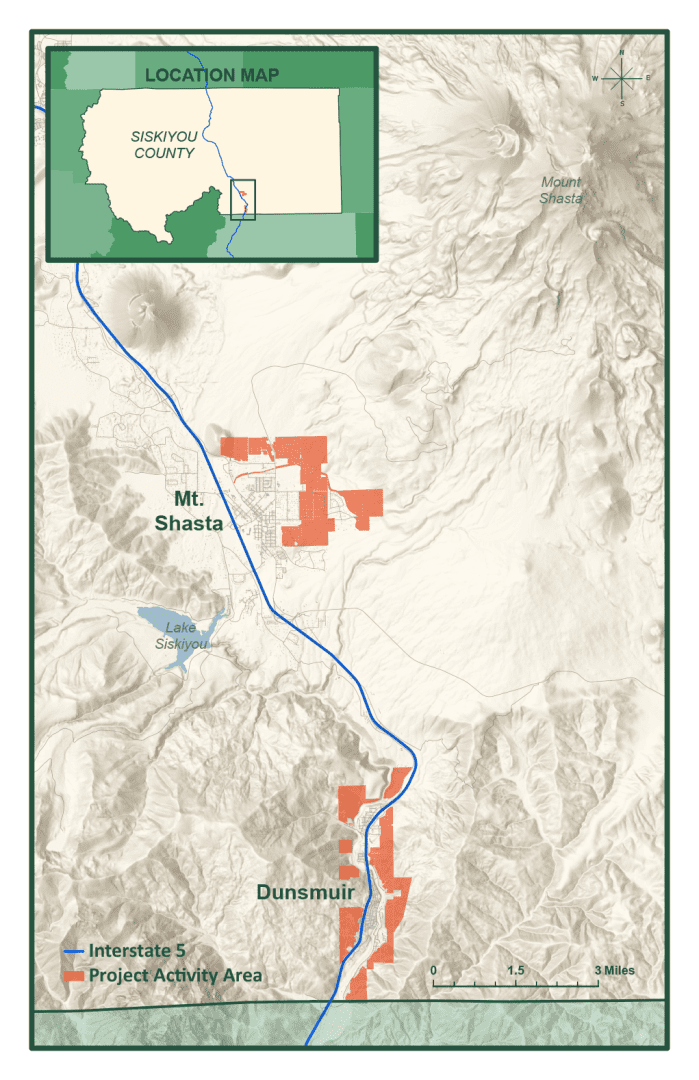
PROJECT CONTACT INFORMATION:
The McConnell Foundation will be hiring a consultant who will be the primary point of contact for landowners. Until then, please direct all project-related inquiries to:
The McConnell Foundation
ATTN: Alex Carter
800 Shasta View Dr.
Redding, CA 96003
sisfire@mcconnellfoundation.org
(530) 226-6200
FORMS FOR LANDOWNERS IN THE PROJECT AREA:
The links below provide access to project documents and information for only those that are included in the Project Areas. Landowners with property within the Project Area received information from us by mail. If you are unsure if your property falls within the Project Area, please see the Project Participation Map above.
Siskiyou County Wildfire Mitigation Resources
For additional resources on wildfire mitigation and ecosystem management, contact the following:
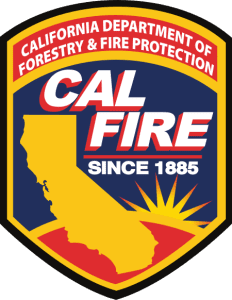
CAL FIRE Siskiyou Unit: www.fire.ca.gov/– Facebook – Twitter
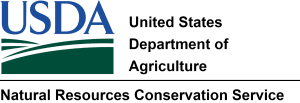
National Resource Conservation Service: www.nrcs.usda.gov/
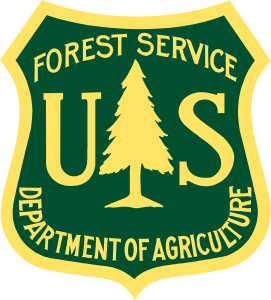
United States Forest Service: www.fs.usda.gov/
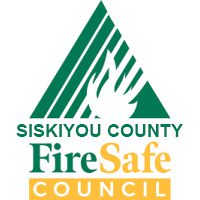
Fire Safe Council of Siskiyou County: https://firesafesiskiyou.com/
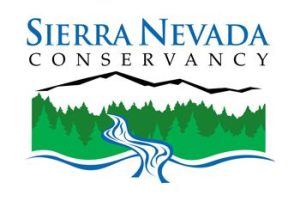
Sierra Nevada Conservancy: www.sierranevada.ca.gov/

The Nature Conservancy: Through the Fire: Restoring Fire Resilience

Shasta Valley Resource Conservation District: www.svrcd.org/
